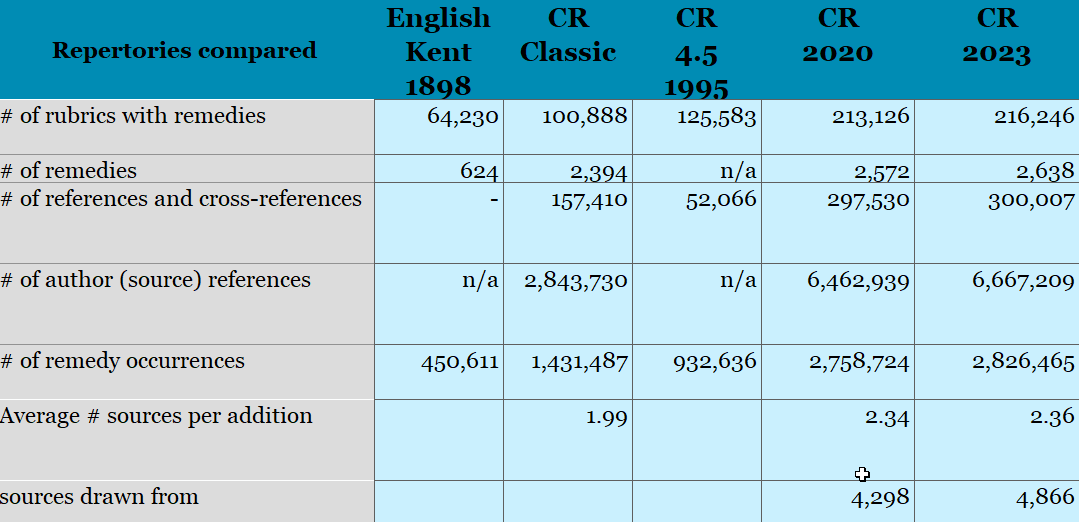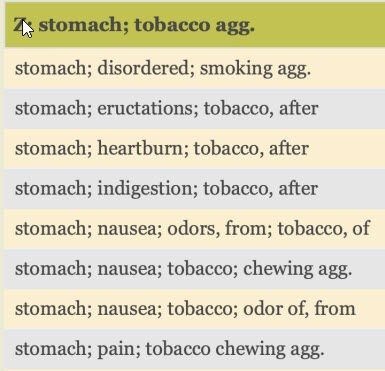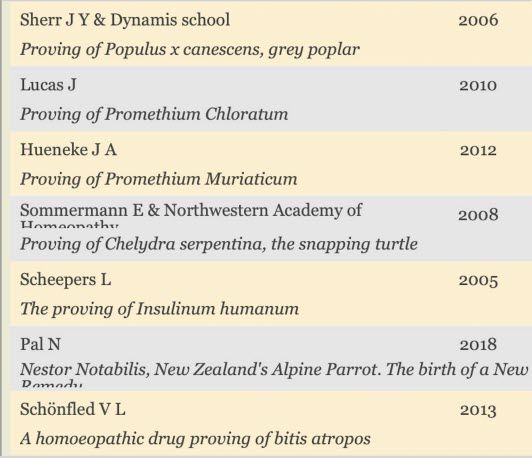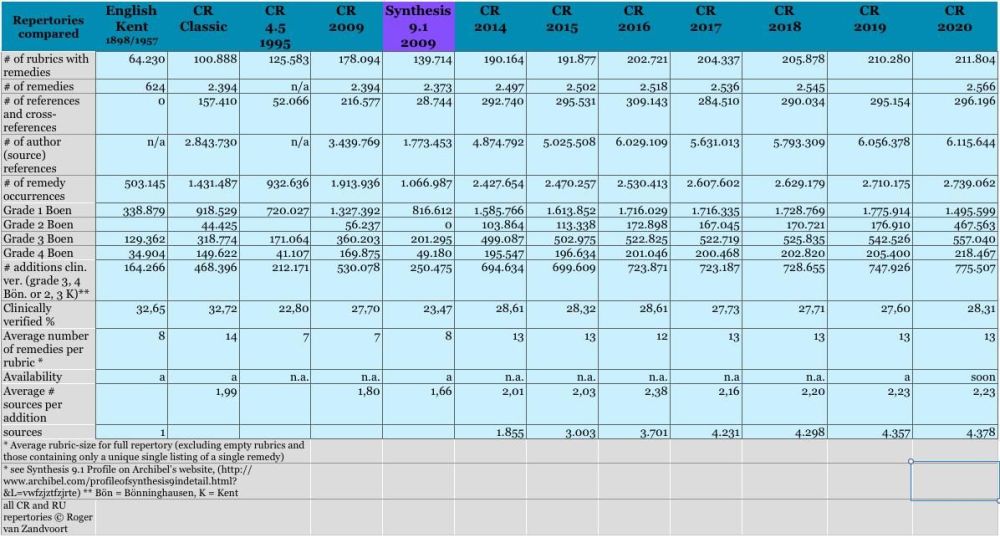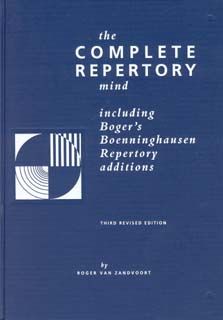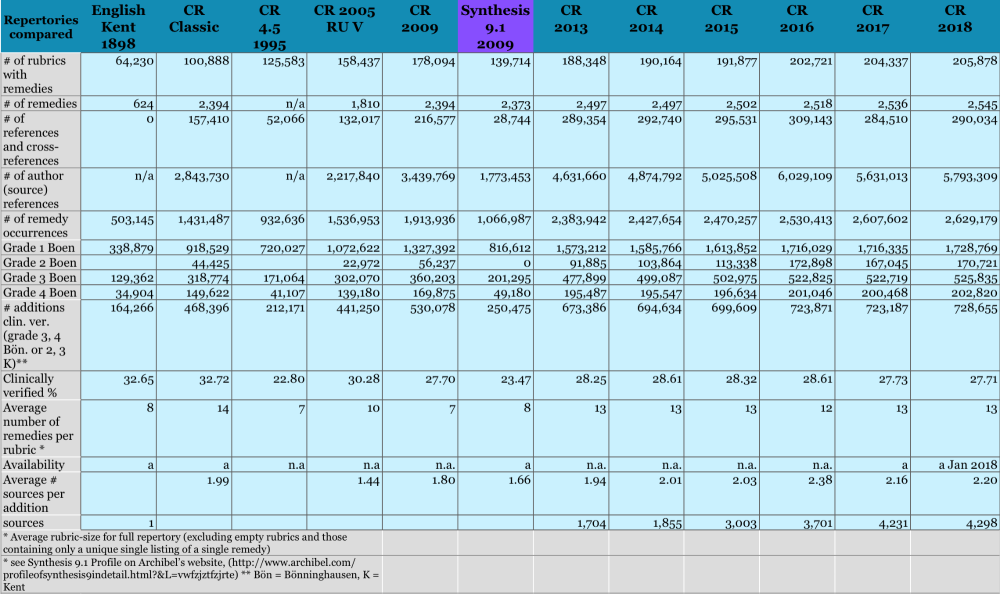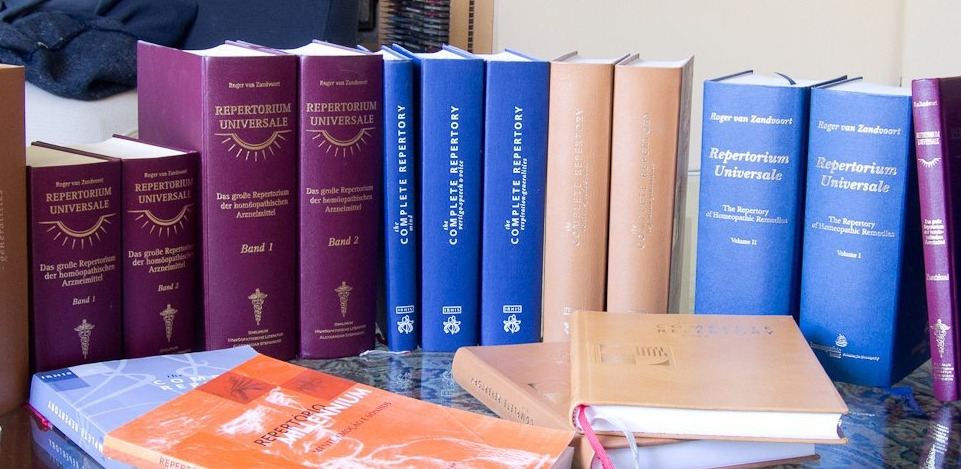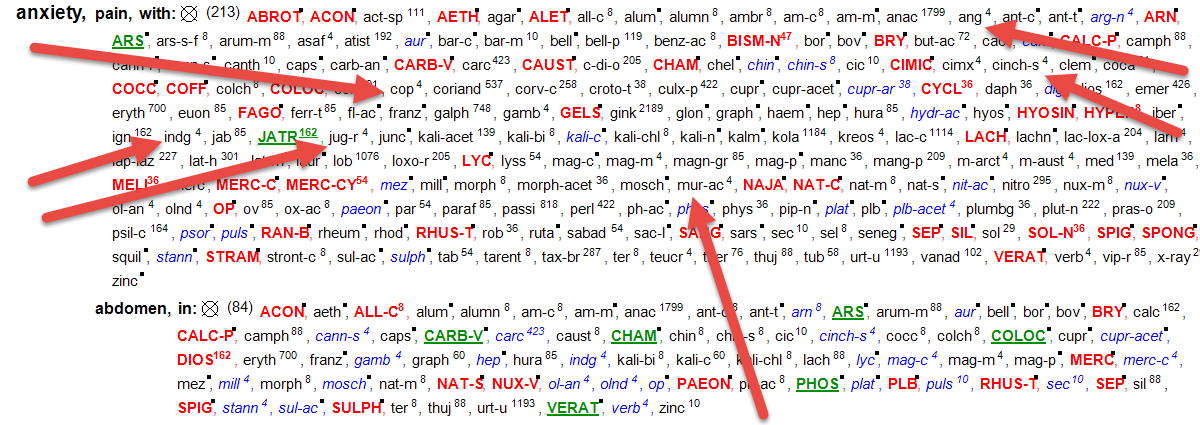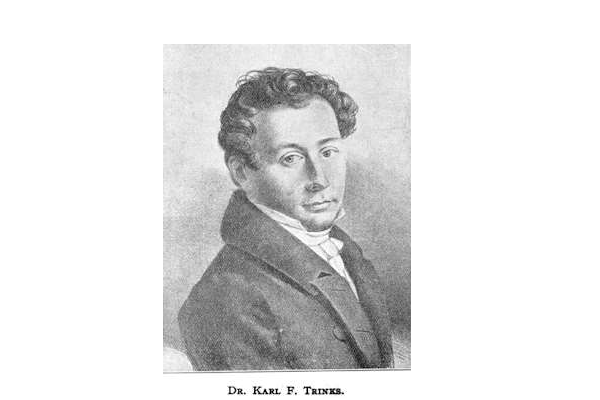Complete Repertory 2023 edition
Posted on
Introduced in Vision version 2.0006 this edition of the Complete is available as an option to purchase with Vision. This edition of Complete cannot be added to Vision version 1 - it can only be purchased for use with Vision version 2. If you are a Vision v2 user make sure you download the free upgrade to v2.0006 and then you can purchase and use this new edition of Complete. The author offers a chargeable upgrade to Complete 2023 at an attractive price to users of previous versions.
To buy a new copy of Complete click here.
To upgrade your current Complete to the 2023 edition click here.
What's new and improved?
Structure
Psychological Themes rubrics have been removed from the Mind chapter and relocated into a dedicated new chapter
Dreams rubrics have also been relocated into a new dedicated chapter
Source materials
Many classic additions were included from the six vol. of CG Raue’s Annual Record of Homoeopathic Literature, collected between 1870 and 1875 (28.600+ additions). These amalgamations of homeopathic literature have been at the base of many later Materia Medica, including C. Hering’s Guiding Symptoms. Hering worked on Raue’s volumes and incorporated much of them in his work.
Besides these classic additions, extra emphasis was put onto adding contemporary cases, specifically those on the Interhomeopathy website (www.interhomeopathy.org/free-international-homeopathy-magazine, for once not working in chronological order as usual ; ). 400+ cases based on J Scholten’s systematic method of finding remedies were thus added, resulting in 40.000+ additions from many colleagues. This website also features several published cases based on R Sankaran’s psychology-oriented, yet also systematic method, which were included. I hope the results lead to higher use of the remedies involved and the methods applied, worthwhile, also combined with the fact that lots of proving information has been added (the Lanthanides) many years ago for quite some of these remedies, allowing the new grading-rules to do their work! This clinical work will have a positive affect on the gradings of the remedies involved.
More new source additions: 58035 (mostly from TF Allen’s Encyclopedia)
More new remedy additions: 12035 (mostly from TF Allen’s Encyclopedia)
Work on grading
The gradings of the remedies in the Complete Repertory 2023 have been rechecked and recalculated based on the original source information whenever possible, taking proving information, information from cured cases and information from phytotherapy (eclectic medicine, herbal medicine) into consideration. The biggest gain has been made in promoting Boeninghausen’s lowest degree entries of remedies into Boeninghausen’s second degree (symptoms seen in two or more provers). This will have a very beneficial result when using these grades in analysis.
More important changes in grading: 67000 more entries with clinical confirmations (3th & 4th degree Boenninghausen). Confirmations increased from 26 % in the 2021 version to 28,35 %, which is a big deal and a validation for the work done on the Allen project, together with the more additions in the 2th degree (2th degree Boenninghausen, missing in Kent, Kent’s 2th degree is the 3th degree Boenninghausen, as Boenninghausen’s grade system is used in the Complete Repertory)!
New remedies/additions of small remedies
From the clinical cases offered by many colleagues past and present, quite some new remedies (57) and additions for remedies with scarce info have found their way into the Complete Repertory 2023.
